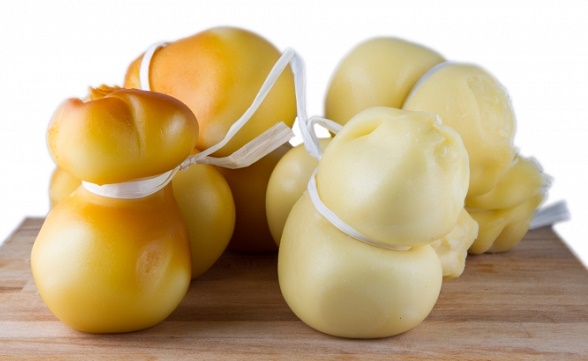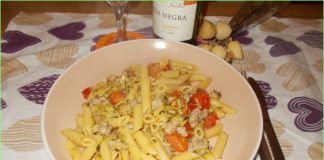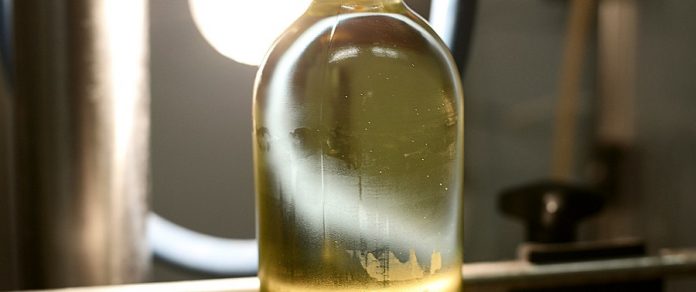
The territory
The territory of the Canavese is in Piedmont, and sees the grapes cultivated on a series of moraine hills that stretch around the lake of Candia. The area is 30 miles far away from Turin. The area is divided in Alto Canavese, Basso Canavese and Eporediese, which are different on the geological point of view. The first Alto Canavese surrounds several valleys between the hills, while the Basso Canavese is the closest area to Turin. The Eporediese instead is the area in the municipality of Ivrea.
The geology of the territory is morainic, very humid as it is normal in Piedmont, which has a weather with frosts for 55 days a year and average temperatures of 12° C.
Here we have frequent foggy days, so the soil is constantly humid. Instead rarely we have snowfalls, but the rain is frequent, even during the summer, which has good high temperatures.
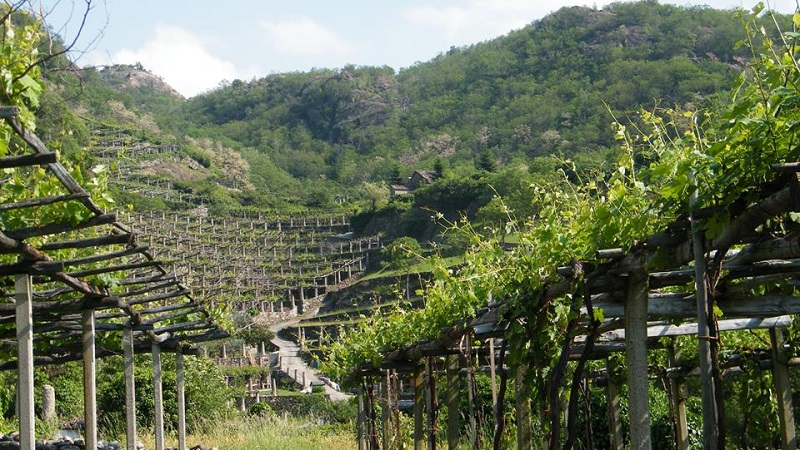
For this it is important that grapes have a good resistance to moisture and mildew, and in the cold weather. The excellence, for the grapes, here it means Erbaluce di Caluso, a white grape vinified for its own designation of origin, even if it is part of the Canavese area.
Grapes in the Canavese
Erbaluce is the most important grape of this denomination, and it is generally vinified pure. With this grape are produced wines both still and sparkling. It is a local grape, very ancient. We know that was already cultivated by ancient Romans, when was called Alba Lux. Some scholars think that Erbaluce was a clone of Fiano, typical Southern grape of Italy, introduced by the Romans in Piedmont, when the area was named Italy Cisalpina, because was inhabited by the Celts.
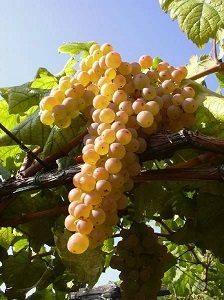
This is only a hypothesis that finds several critics. The historical documentation for this grape start in the early 1600s by Giovan Battista Croce, who was the jeweler of the Duke Carlo Emanuele I of Savoy. He was also a writer, author of the book “The excellence and diversity of the wines on the mountain of Turin and how to make them”. For him, Erbaluce was a pre-Alpine grape.
The etymology of the name instead indicates the particular color of the berries, and nothing about its origins. The berry is bright with pink and warm reflections that become amber in autumn, after a long exposition to the sunshine. Erbaluce means grass (erba) and light (luce).
This grape grant a high acidity, which it is well used for the production of sparkling wine. This type of wine is elegant and fine, balanced in acidity and freshness in the mouth. But the acidity is not in contrast with the production of dessert wines (Passito and liqueur wines) because bring fruity taste. The still wines are light and delicate, with a good body and elegant aromas.
The designation of origin Canavese DOC white
The designation of controlled origin Canavese was authorized on 12 September 1995 to produce red, rosé and white wines, both still and sparkling. It is a wide area, with more than a hundred municipalities authorized for the production. The most of them are in the province of Turin, while ten municipalities are in the provinces of Biella and Vercelli.

The wine must be made with the ampelographic base exclusively by Erbaluce, for which the maximum yields must be 12 tons per hectare. Still wines must have a minimum alcohol content of 9.5% vol and sparkling wines 9.0% vol.
The vines must be well exposed on moraine hills at altitudes above 200 meters and below 600 meters. The whole region can however bottle and sparkle wine.
Still wines are straw-yellow with a nice fruity and deep nose. The palate recalls the nose and is dry. It is a good wine soft cheeses and carp, but also for other meals.
Sparkling wines have a straw-yellow color, with adelicate aromas with white fruit. The wine can be brut, extradry. perfect for aperitifs and seafood in appetizers.


